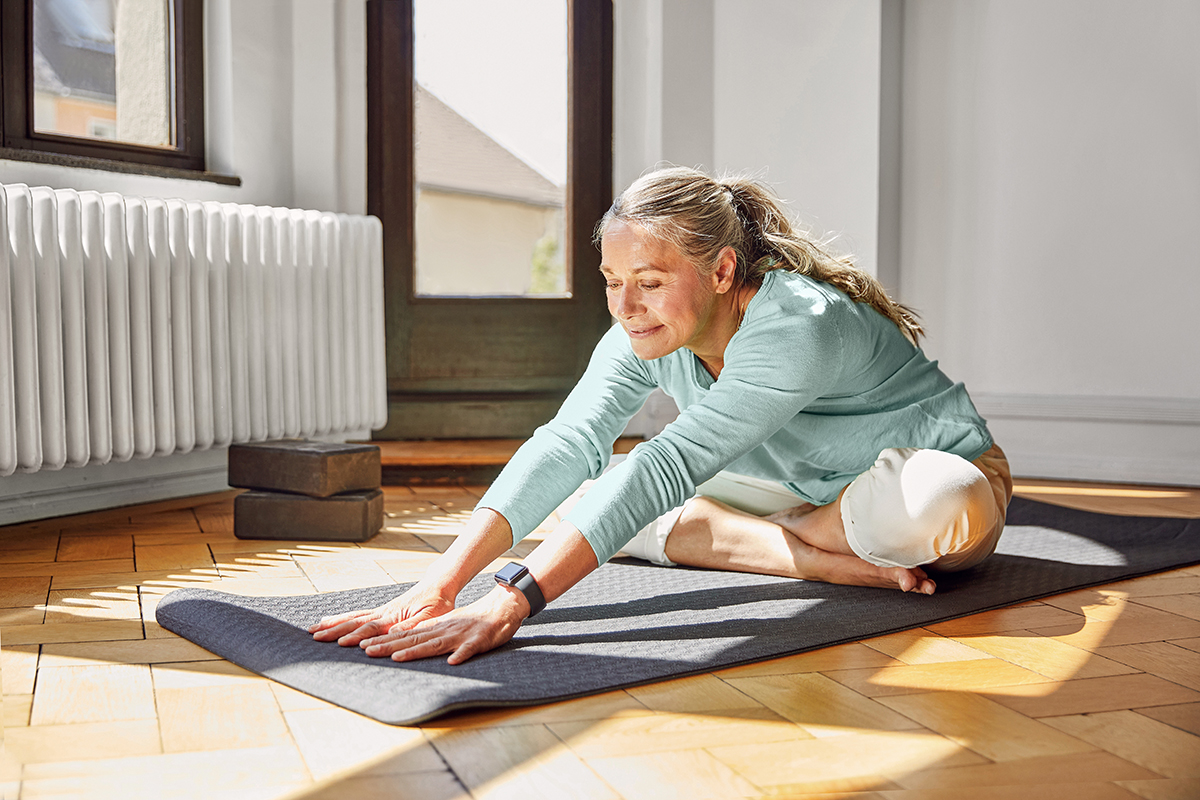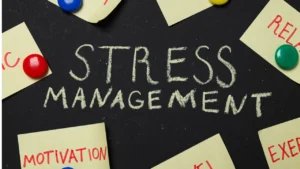Relaxation techniques are essential tools for managing stress and promoting well-being in our increasingly busy lives. By incorporating relaxation into your daily habits, you can better handle pressure, reduce anxiety, and improve physical health. This blog dives into effective methods to calm the mind and body, sharing insights on why they work and how to practice them.
Deep Breathing Exercises for Immediate Stress Relief
Deep breathing exercises are among the simplest yet highly effective relaxation techniques. Focused breathing helps reduce stress by slowing the heart rate and lowering blood pressure. Deep breathing activates the parasympathetic nervous system, which promotes a sense of calm. To practice, try inhaling through your nose for four seconds, holding the breath for seven seconds, and then exhaling through your mouth for eight seconds. The rhythmic pattern signals your body to relax instantaneously, making it a great strategy for immediate relief.
Progressive Muscle Relaxation for Physical Tension
Progressive muscle relaxation (PMR) is a technique designed to release physical tension by sequentially tensing and relaxing different muscle groups. Start with your feet, tensing the muscles for a count of five, and then releasing the tension as you exhale deeply. Work your way up through your legs, abdomen, arms, and finally your neck and face. PMR not only helps relieve physical stress but improves body awareness, helping you identify tension areas you didn’t even realize were there.
Mindfulness Meditation to Calm the Mind
Mindfulness meditation involves focusing on the present moment without judgment. By anchoring yourself to the here and now, you can quiet your mind, reduce overthinking, and alleviate stress. Find a quiet place, sit comfortably, and concentrate on your breath or a specific word (like “peace”). Whenever your mind wanders, gently bring your focus back. Mindfulness meditation is particularly effective for improving emotional regulation, enhancing concentration, and fostering a sense of inner calm when practiced consistently.
Visualization and Guided Imagery for Mental Escape
Visualization and guided imagery tap into the mind’s creative power to create mental escapes. Picture yourself in a tranquil environment, such as a serene beach or lush forest. Engage all your senses to make the imagery vivid; imagine the sound of waves, the smell of the ocean, or the warmth of the sun on your skin. Guided imagery meditation apps or audio recordings can also aid the process. This technique helps shift your mental focus from stress to calmness, making it a restorative mental exercise.
The Importance of a Relaxing Environment
A calming environment plays a vital role in supporting your relaxation efforts. Dim lighting, soft colors, and pleasant scents (like lavender or sandalwood) can create a soothing atmosphere. Consider decluttering your space, as a visually overwhelming environment can contribute to stress. Incorporating elements like indoor plants, a noise machine with nature sounds, or calming music can further foster relaxation. When your surroundings promote peace, it becomes easier to relax both your mind and body.
Incorporating Relaxation into Daily Routines
Consistently practicing relaxation techniques is the key to long-term benefits. Try weaving methods like deep breathing or meditation into moments you already have, such as your morning routine or pre-bedtime wind-down. Setting aside a daily 10 to 15 minutes for focused relaxation can make a noticeable difference in mood and stress levels. Apps that offer guided exercises can assist you in staying consistent. Over time, practicing relaxation will become second nature, seamlessly blending into your lifestyle.
Chart Summarizing the Benefits of Each Technique
To provide a clearer understanding of the benefits of these relaxation techniques, here’s a chart summarizing their key advantages:
|
Technique |
Primary Benefit |
Additional Benefit |
|---|---|---|
|
Deep Breathing Exercises |
Immediate stress relief |
Lowers heart rate and improves focus |
|
Progressive Muscle Relaxation |
Reduces physical tension |
Heightens body awareness |
|
Mindfulness Meditation |
Calms the mind |
Improves emotional regulation and concentration |
|
Visualization & Guided Imagery |
Mental escape from stress |
Enhances creative thinking |
|
Creating a Relaxing Environment |
Promotes ongoing tranquility |
Complements other relaxation techniques |
|
Incorporating Daily Relaxation |
Builds consistency in self-care routines |
Lowers overall stress levels long-term |
Discover the Power of Relaxation for Overall Well-Being
Understanding and practicing relaxation techniques can have a profoundly positive effect on your physical and emotional health. These tools are not just for managing an immediate stress response but also for building long-term resilience and well-being. Starting today, dedicate a few minutes to exploring and practicing the techniques discussed.
Remember, relaxation is an investment in yourself. Whether it’s learning how to meditate, intentionally crafting peaceful surroundings, or taking shorter moments for deep breaths, each step makes a difference.
Stress cannot be entirely eliminated, but with the right techniques, you can manage it effectively and align yourself with a calmer, healthier lifestyle. Take the first step towards relaxation today and experience the remarkable transformation it brings to your mind and body.
FAQ
1. Can I practice relaxation techniques as a beginner?
Absolutely! Many techniques, like deep breathing or visualization, are simple and easy for beginners to learn. Start small, and with practice, you’ll become more comfortable.
2. How long should I practice relaxation exercises daily?
Even 10 to 15 minutes a day can provide significant benefits. Over time, as you build the habit, you may choose to extend the duration.
3. What if I find it hard to focus during meditation?
It’s normal for beginners to struggle with focus. When your mind wanders, gently guide your attention back to your breath or focal point. Consistency is key.
4. Are there any apps to help with relaxation practices?
Yes, apps like Calm, Headspace, and Insight Timer offer guided meditations, breathing exercises, and more to assist with relaxation.
5. How soon can I feel the benefits of these techniques?
Some benefits, especially from deep breathing or visualization, can be felt immediately. Long-term benefits, such as reduced stress levels, become noticeable with regular practice




